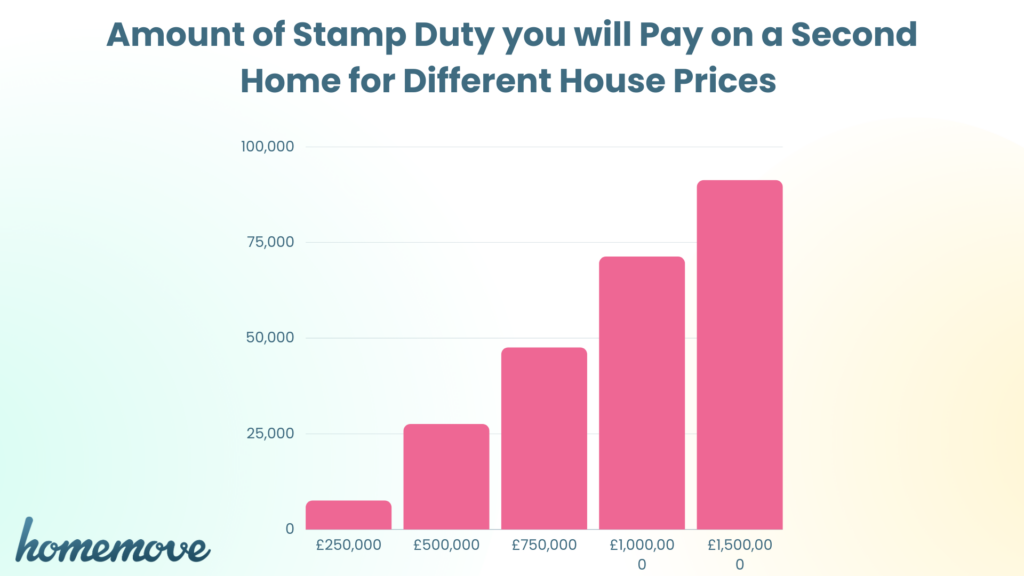Watch Out for Stamp Duty Traps
Entering the world of property ownership involves a long checklist of considerations, and nowhere is this truer than with the UK real estate market. One term you’ll inevitably become familiar with is ‘Stamp Duty Land Tax‘ or SDLT – an often daunting concept especially when you’re contemplating investing in a second property. Many couples are exploring clever tactics to avoid SDLT by purchasing their new home in the name of the spouse who doesn’t own any property. But does this strategy really dodge second home stamp duty?
Stamp Duty 101: What You Need to Know
Before we delve into creative ways to minimise SDLT, let’s start with the basics. Stamp Duty Land Tax, commonly known as SDLT, is a mandatory tax in England and Northern Ireland. You’ll encounter it when you’re buying a residential property. Unlike many taxes, SDLT applies to the individual, not the home you’re buying. It’s crucial to remember this when considering your second property. Don’t make the mistake of thinking your current home’s tax status will extend to your new investment. As industry experts like Tax Insider point out, you’ll need to plan for an additional SDLT charge on that second purchase. In addition, if you would like to find out more detail about stamp duty you can read our blog here.
Why Dodging Stamp Duty Fails
Let’s delve deeper into Mr. and Mrs. Couple’s cunning plan to sidestep second home stamp duty. They concocted a scheme where the new house would be purchased solely in Mr. Couple’s name. He, after all, has no existing property to his name. Clever as it may seem, this tactic falls apart when scrutinised against the rigid framework of SDLT guidelines. Curious about the specific reasons this strategy flops? The following sections will reveal all.
The Spousal Factor: How Marriage Impacts Second Home Stamp Duty
In the eyes of SDLT law, marriage unites you as a single buying entity. This has a specific, financial implication for those considering second home purchases. Even if the new home is in only Mr. Couple’s name, the extra 3% second home stamp duty comes into play. Why? Because Mrs. Couple already owns another property. Her ownership alone is enough to trigger the 3% second home stamp duty, making their attempt to sidestep the tax ineffective.
When Do You Face the Extra 3% Charge?
Let’s get specific about when you’ll face that dreaded extra 3% second home stamp duty. The first condition relates to the property’s value. If it tops £40,000, brace yourself for the added charge. The second criterion focuses on ownership. If either partner personally owns two or more residential properties by the end of the transaction day, the 3% surcharge applies. Hit either of these benchmarks, and you’ll need to budget for this additional SDLT cost.

Reality Check: Escaping Second Home Stamp Duty is Unlikely
So, what’s the bottom line? It’s vital to fully grasp the ramifications of SDLT when considering a second property. There are no quick and easy ways around it. SDLT regulations view married couples as financially linked, regardless of who legally owns the property. So, if you aim to dodge the tax by registering the new property solely under a spouse who is a first-time buyer, think again. This strategy simply doesn’t work.
Key Takeaways for Property Investors
In summary, comprehensive knowledge of property tax laws is essential. Rushing into property acquisition or attempting to sidestep the system without understanding SDLT could lead to unexpected costs. Due to the intricate nature of second home stamp duty and other SDLT nuances, we strongly advocate consulting a tax expert. Being well-prepared mitigates the risk of unpleasant financial surprises. Stay informed and make smart choices, property investors!
Original Article:https://www.theguardian.com/money/2023/jul/31/can-we-avoid-stamp-duty-on-a-second-house-if-my-husband-buys-it-in-his-name




